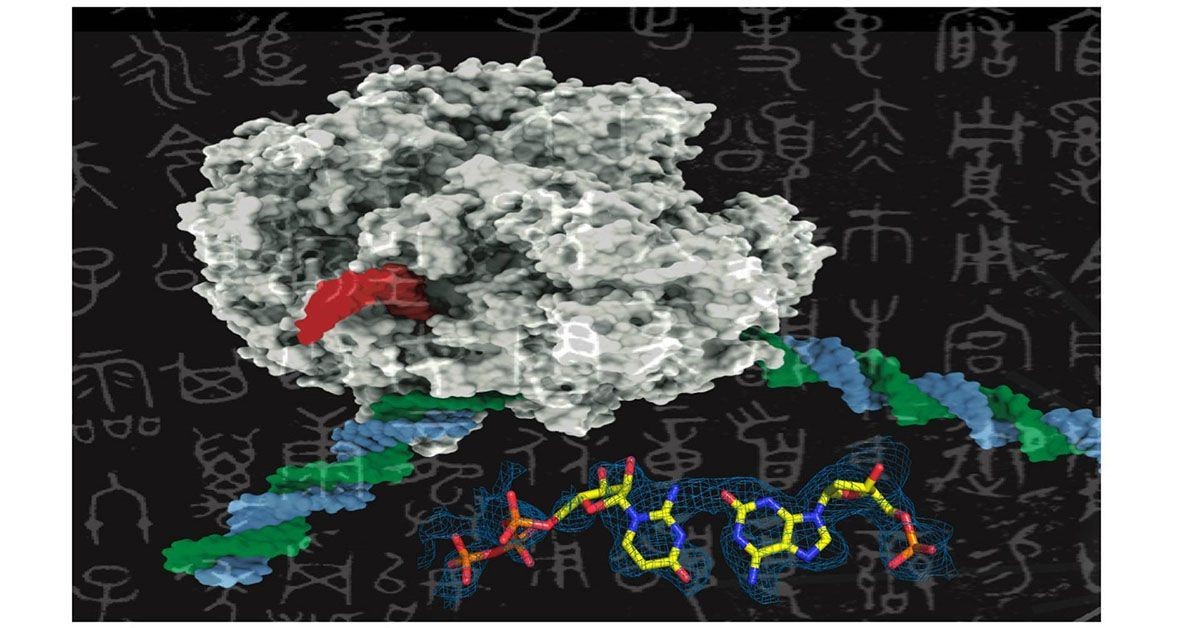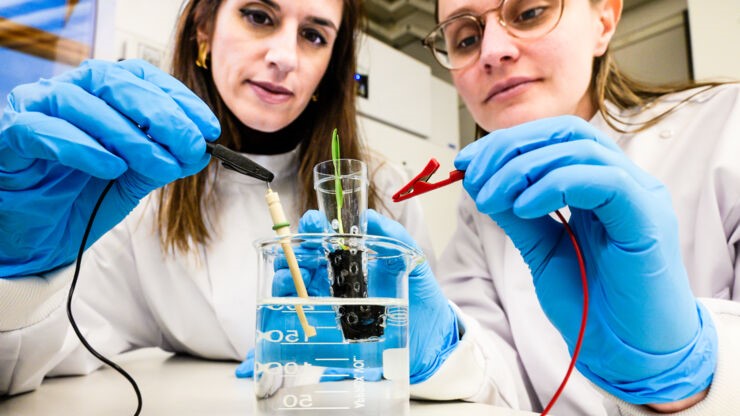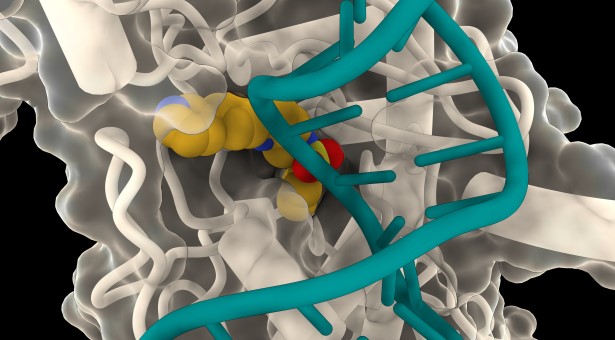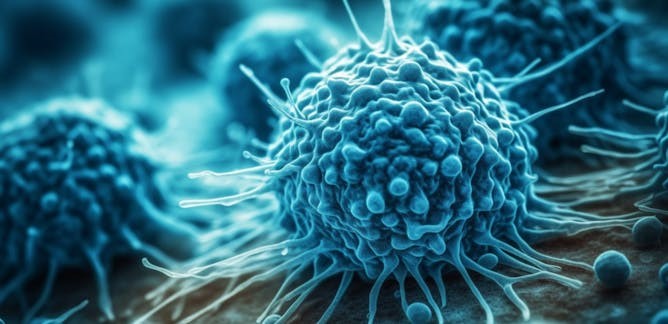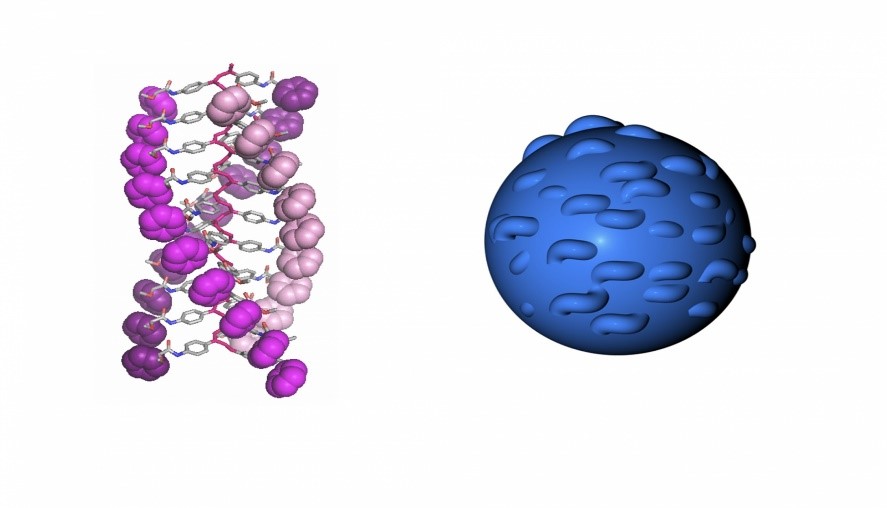New Research Adds Insight into How Plants Breathe
Through photosynthesis, plants convert carbon dioxide from the atmosphere into glucose and oxygen using sunlight and water. This process is often likened to "breathing in" carbon dioxide (CO2) and "breathing out" oxygen (O2), occurring in stomata on the surface of leaves.
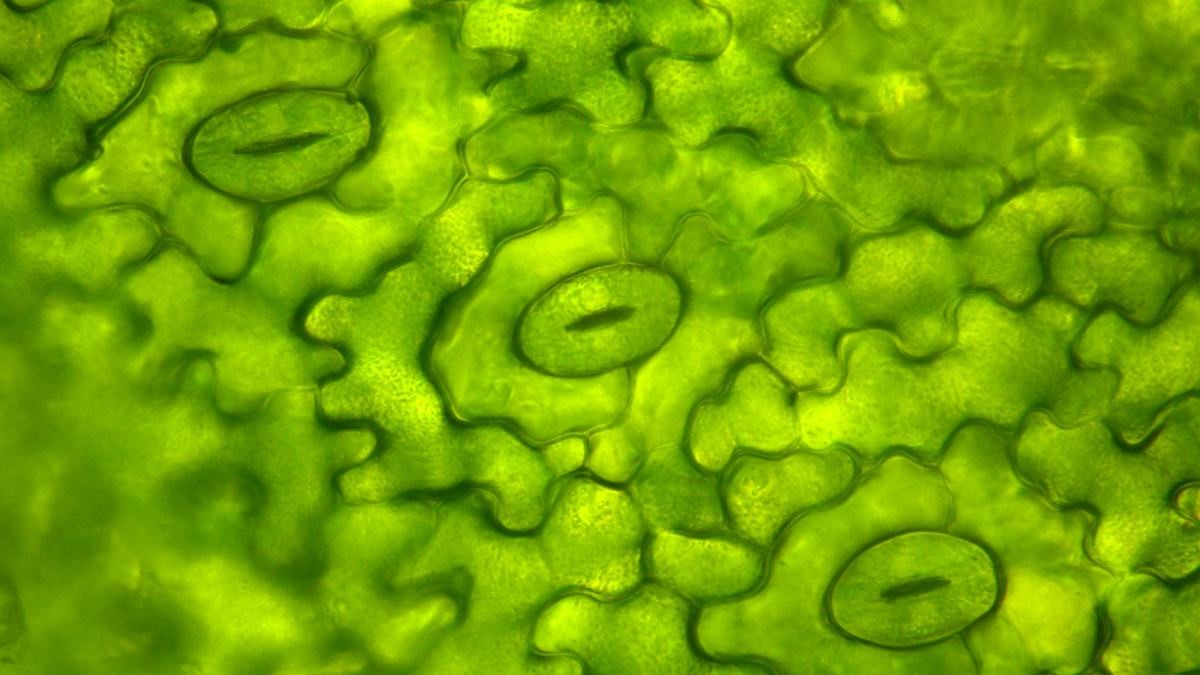
Figure 1. New Research Adds Insight into How Plants Breathe.
Stomata act like tiny mouths, opening and closing to regulate the exchange of gases between the plant and the atmosphere. This regulation is crucial for controlling photosynthesis and water use, as plants also lose water through stomata. Figure 1 shows new research adds insight into how plants breathe.
The opening and closing of stomata are not random; researchers have discovered the molecular mechanism inside plant cells that governs these rhythmic movements throughout the day. This mechanism has been detailed in a new study published in Nature Communications.[1]
Each stoma is formed by two paired guard cells with a pore between them. Plants adjust the size of this opening by swelling or shrinking the guard cells, which is controlled by pumping ions into and out of the cells. This process causes water to move into or out of the cells due to osmosis.
The extent to which stomata open is influenced by both external environmental factors and internal signals. Generally, stomata close at night and under conditions of water stress to prevent water loss, in response to the stress hormone abscisic acid (ABA). They open during the day in response to sunlight.
Researchers studied the model plant Arabidopsis thaliana under controlled light and dark periods to identify the proteins and genes involved in the regulation of stomatal opening.
They discovered that a family of proteins known as Phytochrome Interacting Factors (PIFs) accumulates at the end of the night period, which induces stomatal opening in the morning.
PIFs are transcription factors, proteins that control the expression of genes. The researchers found that the accumulation of PIFs triggers the expression of the KAT1 gene, which encodes a guard cell-specific potassium (K+) channel.
In the morning, light activates the KAT1 protein, leading to the intake of potassium ions and the swelling of guard cells, which causes stomata to open. Light also promotes the breakdown of PIFs to ensure that KAT1 is not expressed throughout the day.
Under stress conditions such as low humidity or drought, the accumulation of the stress hormone abscisic acid (ABA) may override the PIF-mediated signal by repressing KAT1 expression, thus preventing stomata from opening in the morning to conserve water.[2]
The authors acknowledge that the mechanism by which ABA represses PIF-mediated induction of KAT1 is not currently understood.
"The correct timing and speed of stomatal movements through the day/night cycle are crucial for optimizing carbon uptake, photosynthesis, water use efficiency, and overall plant physiology control," they write. “Therefore, understanding how the day/night cycle regulates stomatal movements can provide targets for optimizing plant yield with improved water use."
References:
- https://cosmosmagazine.com/nature/plants/new-research-adds-insight-into-how-plants-breathe/
- https://doi.org/10.1038/s41467-024-48669-4
Cite this article:
Gokila G (2024), New Research Adds Insight into How Plants Breathe, AnaTechMaz, pp. 254







